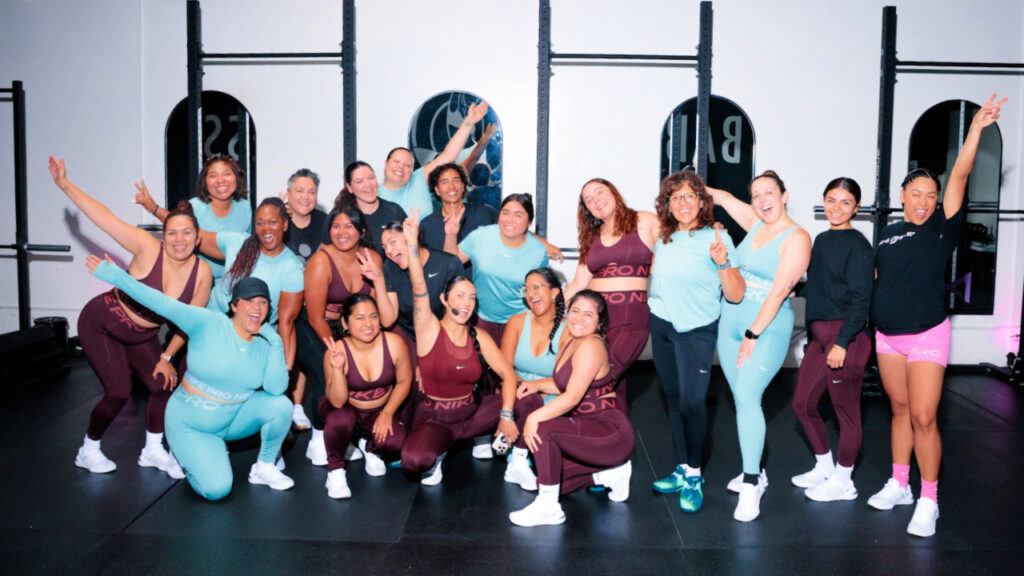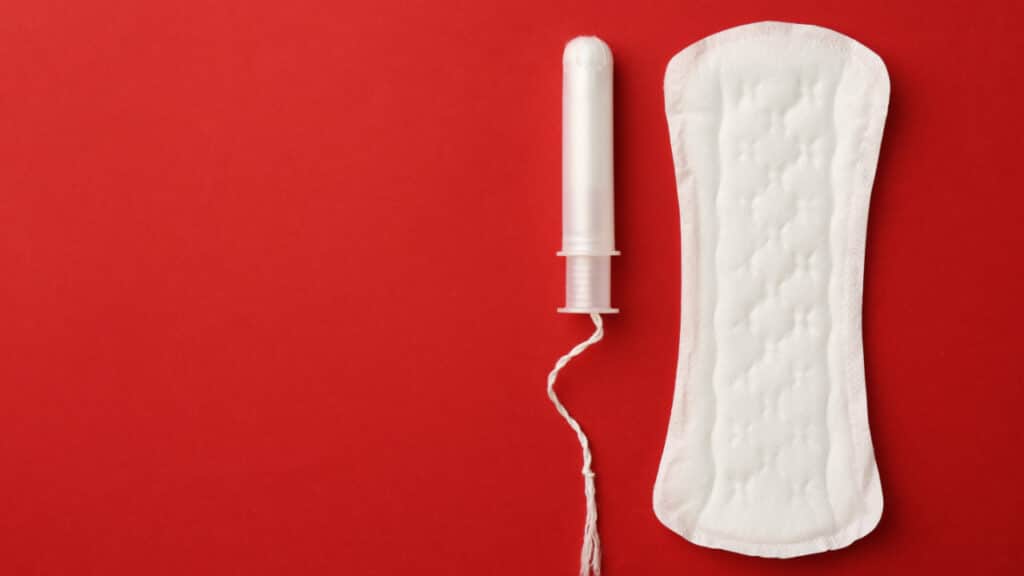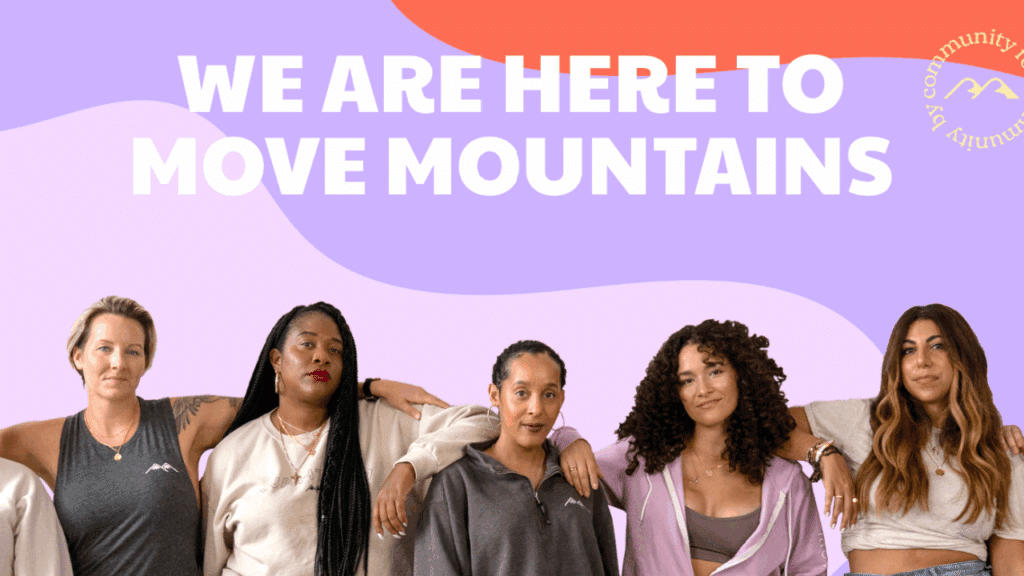What You Should Know About the Dangerous ‘Leggings Legs’ Trend TikTok Tried To Ban
We’ve all seen it around. The “Leggings legs” trend has been all the rage, and not exactly in a good light. The term and hashtag went viral late last year for glorifying supposedly extremely thin “perfect legs.”
Following complaints from many users that it was perpetuating a dangerous trend, TikTok proceeded to ban it. In fact, a search for the term “leggings legs” now leads, for the most part, to resources to help those struggling with eating disorders.
But before the ban, millions of users consumed daily videos where women with absurdly thin legs — in the same style as the previous obsession with “thigh gaps” — perpetuated the toxic idea that the thinner the legs, the better a person is perceived.
“It might be one of the most euro-centric, bull***t beauty standards I’ve ever heard,” said user Mik Zazon. “People who have thigh gaps only have them because of their genetics and bone structure. Now we have girls out there thinking they were born wrong.”
“Before it was the thigh gap, then the bikini body, and now this leggings legs thing,” agreed user Ale Rubio B. (in Spanish). “We have to put an end to this. Your body is not a fashion, and we will not change it to get on a trend.”
‘Leggings legs’ is one more trend in a dangerous chain that specialists have warned about
According to a study by several European universities published in 2023, the frequency of using image-based but not text-based social media platforms is deeply associated with body dysmorphic symptoms.
Similarly, a study published in the International Journal of Environmental Research and Public Health found that excessive or obsessive social media use “may be a risk factor for body image dissatisfaction and associated eating disorders.”
While beauty standards have consistently been misrepresented by the media, social media has a doubly toxic impact. According to research from the Cleveland Clinic in 2020, social media can trigger “obsessive thoughts about appearance.” This leads to compulsive actions to “remedy” a problem that doesn’t exist.
As Andrea Vazzana, a child psychologist specializing in the treatment of eating disorders in children, adolescents, and adults at NYU Langone Health, told ABC News, there has been an increase in younger individuals — specifically tweens as young as 9 and 10 years old — suffering from eating disorders.
“This may be correlational data. But we’re seeing people joining social media platforms at an earlier age as well,” she added.
On the other hand, many users have reacted to the criticism by calling them ‘insecurities’
Despite the measures taken by TikTok, the trend is still very active on the platform. Not only because of the paradoxical virality of the criticisms but also because of the exploitation of the trend to create content.
There are multiple tutorials of outfits, videos of women assigning the criticisms to “insecurities,” product promotions, and, of course, exercise routines.
Meanwhile, millions of people continue to seek refuge from everyday life in doom scrolling, and eating disorders are the order of the day.




